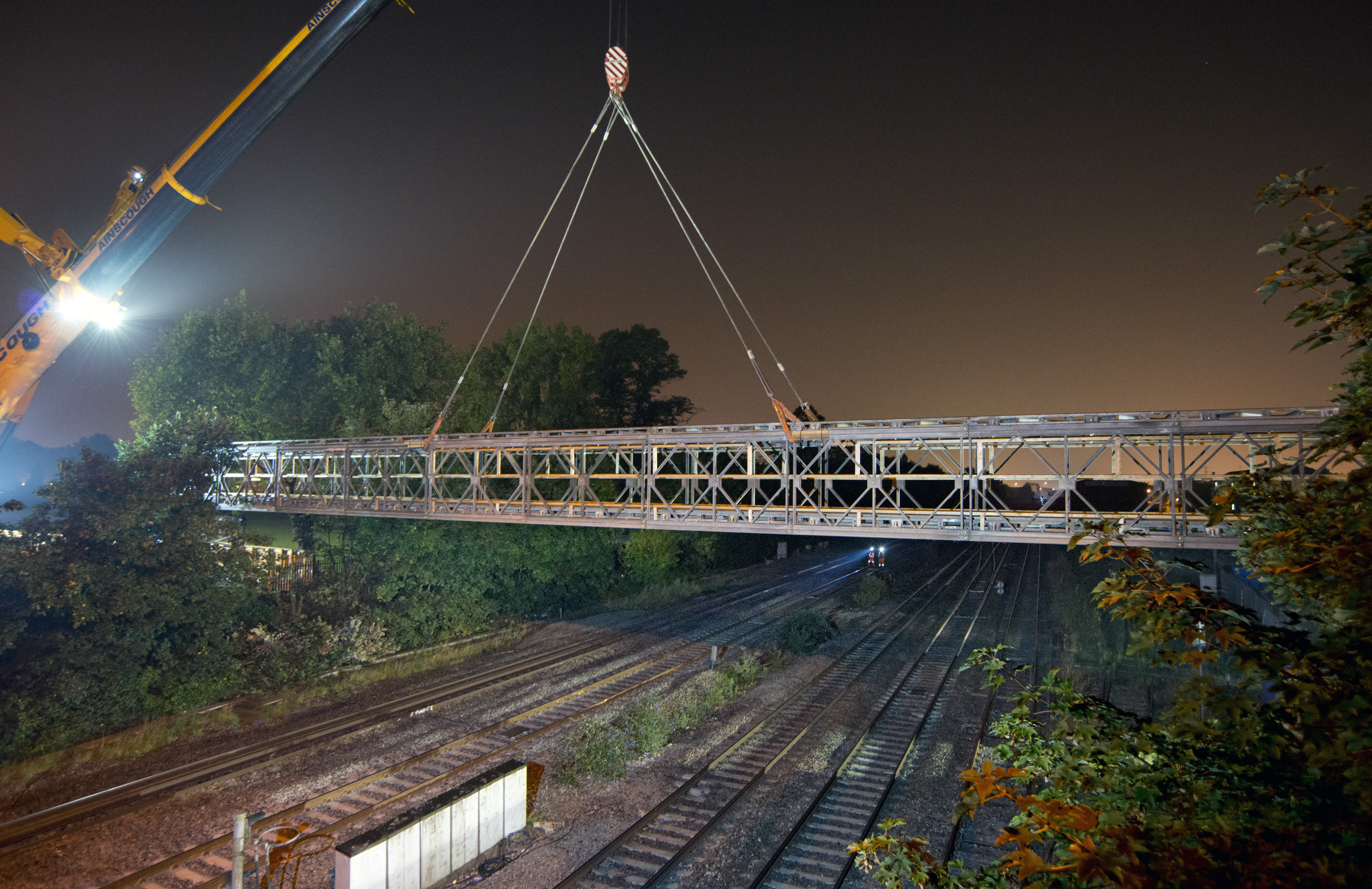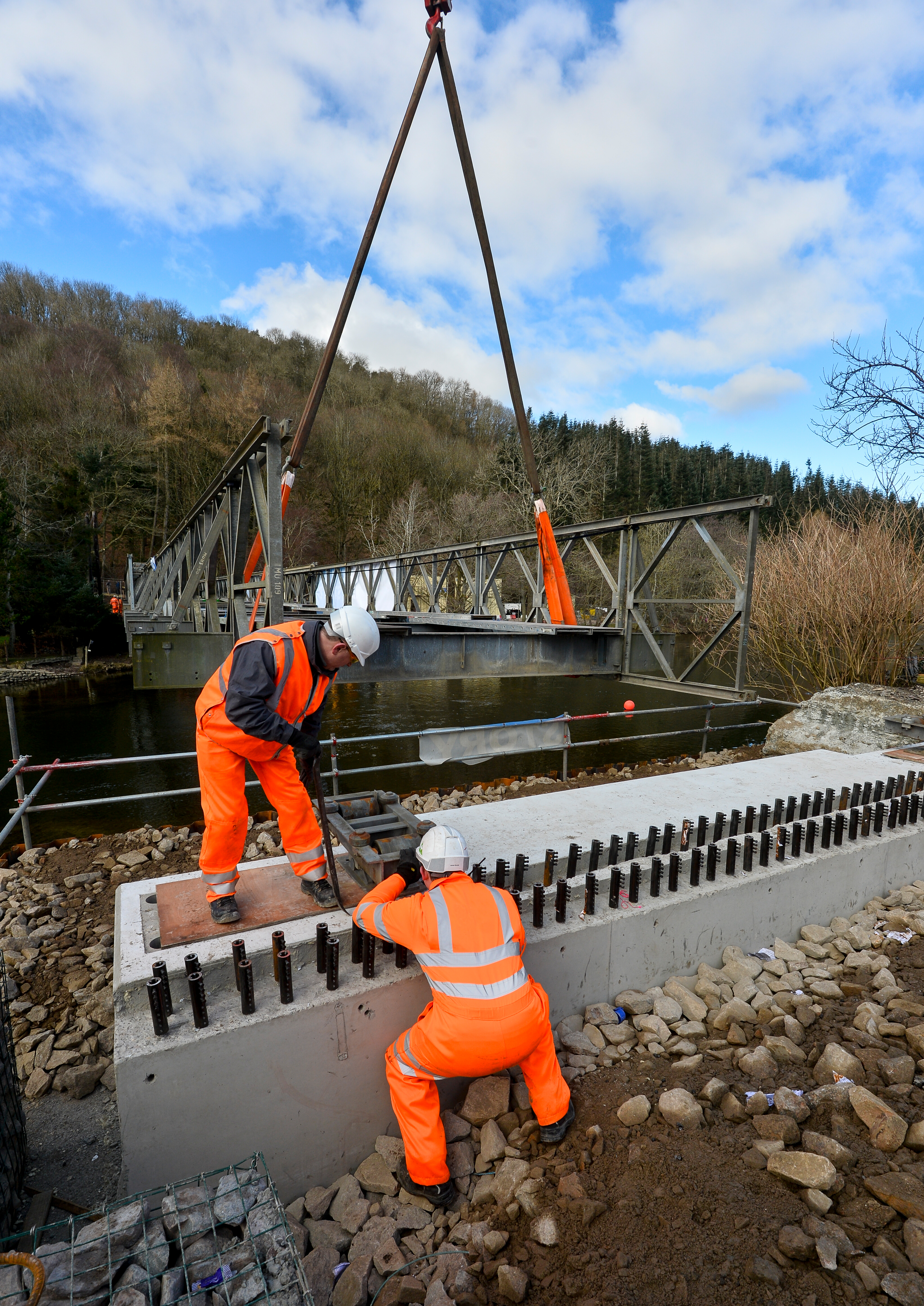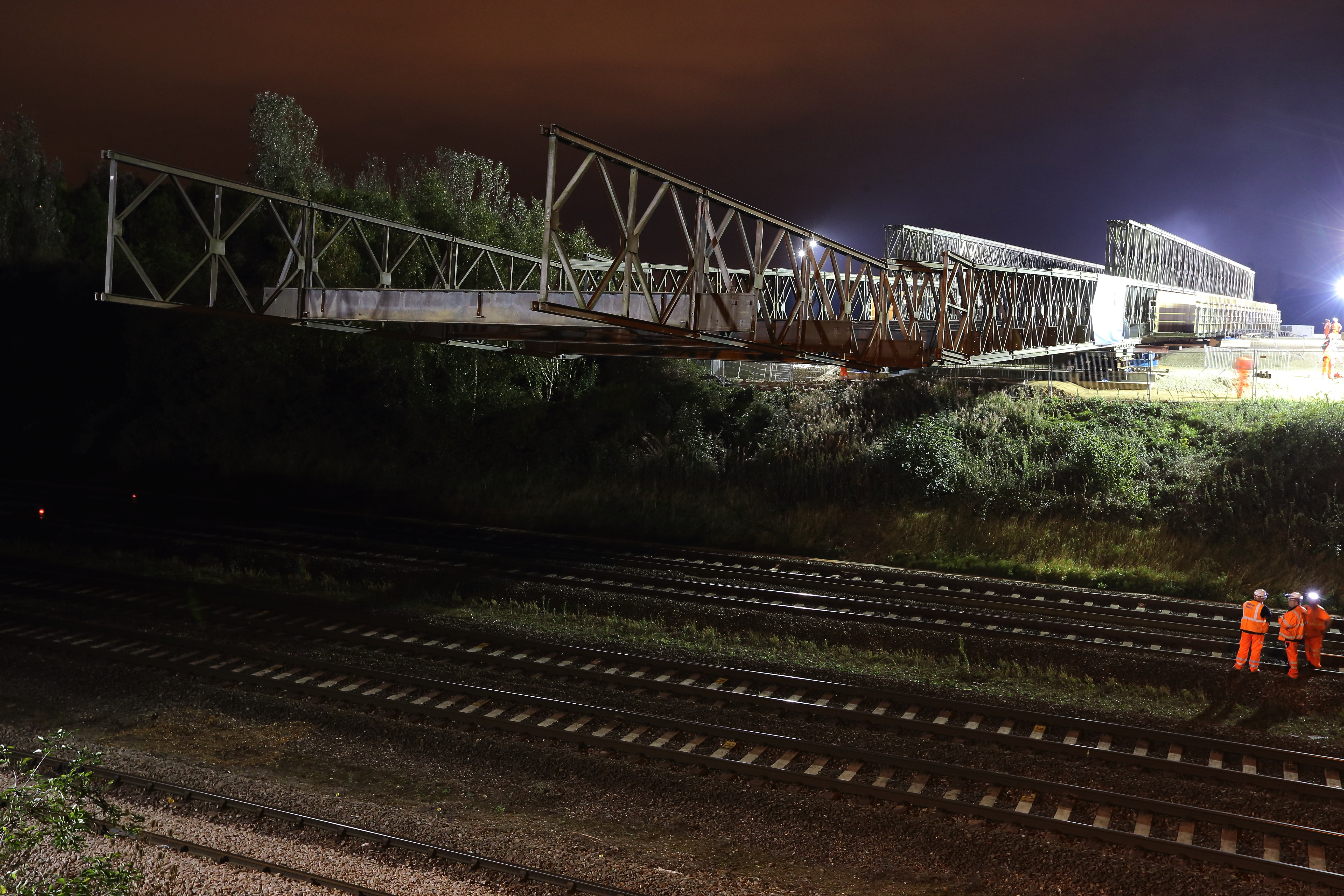Peter Aramayo: Commitment to connecting Scotland’s communities
Mabey Hire projects director Peter Aramayo on the importance of temporary bridging in rural areas.

For more than a decade, the Scottish Government has shown an unflagging commitment to deliver major infrastructure improvements. Since 2007, £11.1 billion worth of Scottish Government-led infrastructure projects have been completed and a further £3.7 billion of capital projects are currently under construction[1]. The tireless dedication to investing in connecting communities across the country couldn’t be more apparent than in the £1.3 billion upgrade to the cross-Forth transport corridor – the centre of which is the new Queensferry Crossing, the longest three-tower cable-stayed bridge in the world. This is echoed in the M8/M73/M74 motorway improvements and of course, the Aberdeen Western Peripheral Route to connect towns and cities along the North East coast of Scotland.
Yet as these large-scale connectivity projects continue apace, it’s imperative that the connectivity needs of those in more rural areas of Scotland are not forgotten, especially when we consider that rural Scotland makes up 20% of the country’s total population, and approximately 98% of its entire land area.[2] For the inhabitants of these remote communities, reliable transport and pedestrian crossings across streams and rivers are not only convenient, but fundamental for economic and social well-being.

Benefits of the temporary bridge
The need for a new bridge in rural areas varies greatly. It might be providing temporary access routes for construction workers looking to access remote sites without disrupting the public; replacing an old bridge that’s beyond repair; or simply offering key access routes for remote villages to bigger towns. Whatever the requirement, every bridge has the same purpose – to connect people and communities, and in Scotland, where there’s plenty of rivers, streams, hills and mountains to navigate, there’s an even greater need. A temporary bridge, which can be installed quickly by local on-site engineers, is often the answer to improving infrastructure safely and efficiently, with minimal disruption to the public and local area.
A bridging solution for every scenario
Temporary bridging solutions come in a range of formats meaning there is a solution for every requirement. Modular bridges are delivered directly to the site and engineers can lift the bridge directly from the vehicle onto prepared areas. The bridge can then be installed in a matter of days. These are ideal for projects with tight deadlines or in cases of emergency when time is of the essence. They can also work well for sites that are less remote, with easier access for heavy construction vehicles.
Panel bridges have a slightly different purpose. Delivered on-site in component form, this bridge option helps facilitate the construction of major structures for contractors in areas of restricted access, helping minimise disruption to the public, providing more reliable access for heavy construction vehicles, and avoiding lengthy diversions or delays to the project’s lifecycle. Installation of these bridges is similarly quick and efficient, averaging from two-three weeks.

Modular bridges – quick and easy turnaround in times of need
Modular bridges are designed for speed of turnaround. With precision planning and highly organised logistics, teams can work with them for the tightest timescales, from initial order to installation and fully operational bridges.
A recent example in Stonehaven, Aberdeenshire, Scotland, demonstrates the benefits of modular, temporary bridging first-hand. The town has suffered at the hands of flooding for many years, affecting local homes, businesses and causing the evacuation of nearby residents. A new Flood Protection Scheme (FPS) has been designed to protect those homes and businesses which have previously been badly affected by the floods around the River Carron, while also hopefully preventing future flooding incidents. The FPS project includes the construction of walls, embankments, culverts, and alteration to five existing bridges along the Carron Water through Stonehaven. To minimise the disruption of the scheme to pedestrians, three footbridges will be installed to enable residents to cross the river, while enabling the transportation of project equipment via the river underneath the bridge deck. Modular bridges are ideal in this scenario as quick installation times will allow for minimal disruption to the local area and residents.
Connection today and beyond
The Scottish Government’s Infrastructure Investment Plan has made impressive progress in improving connectivity across the country, and we’re proud to have been an integral part of this for many years. During this time, we have installed over 100 temporary bridges nationwide across many sectors and continue to work with local contractors and engineers to keep this wonderful country connected.















